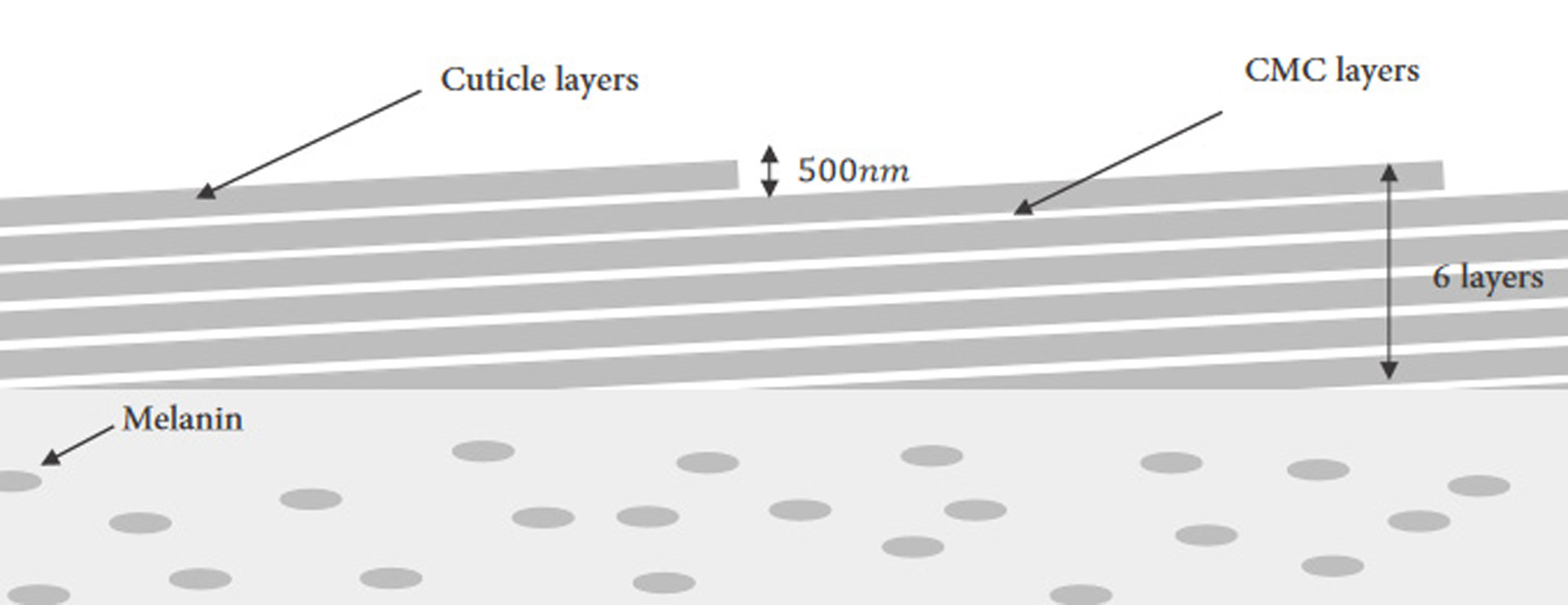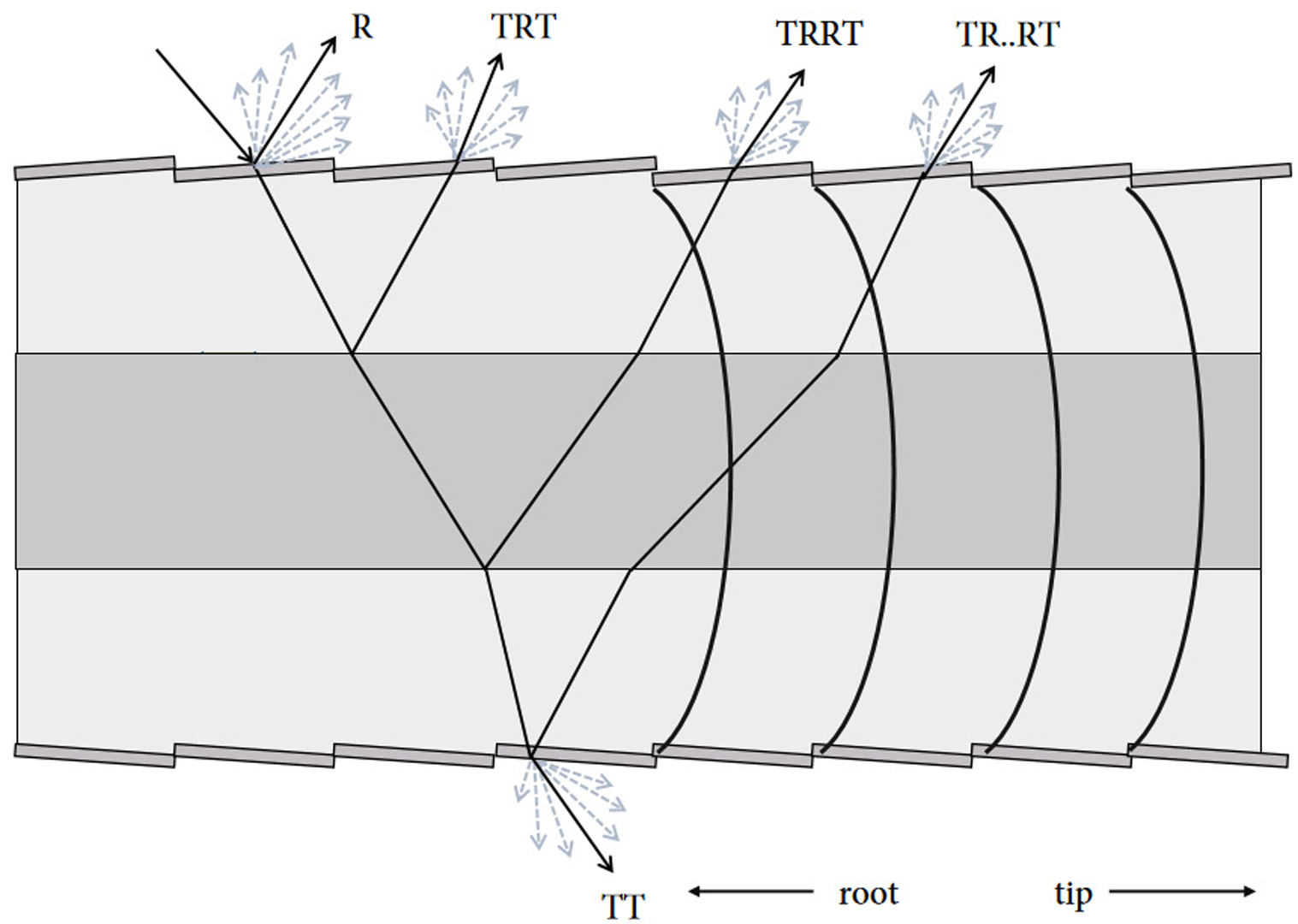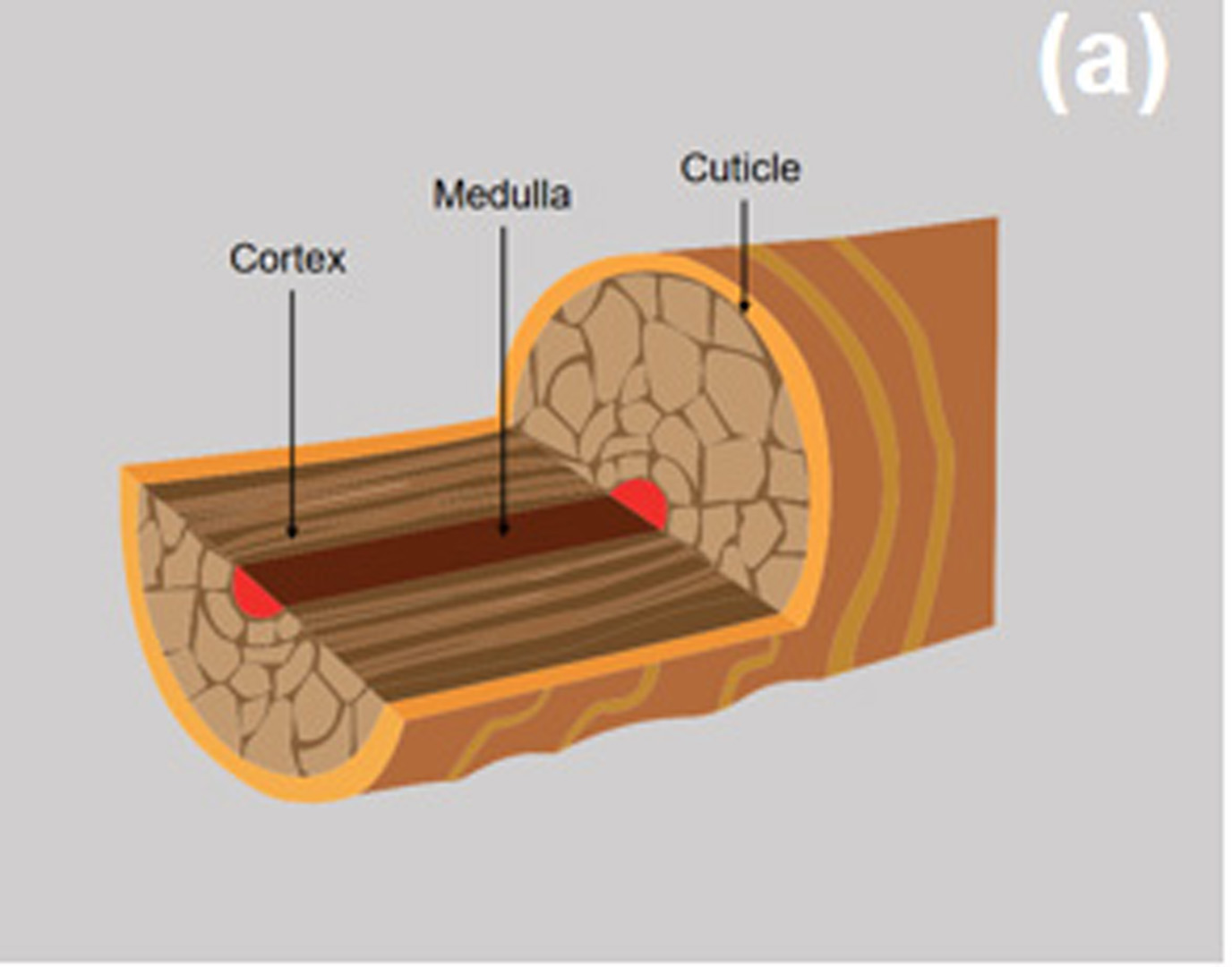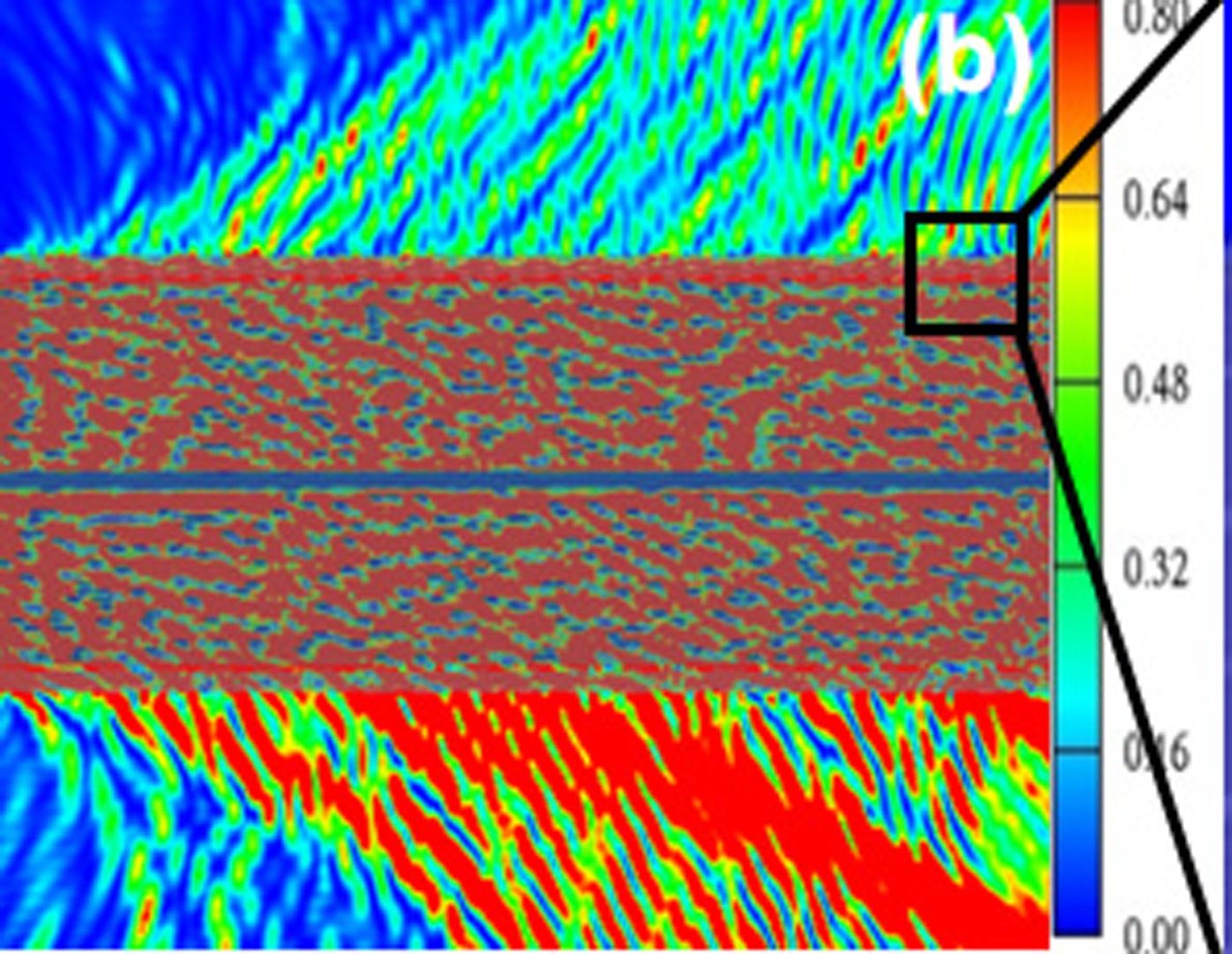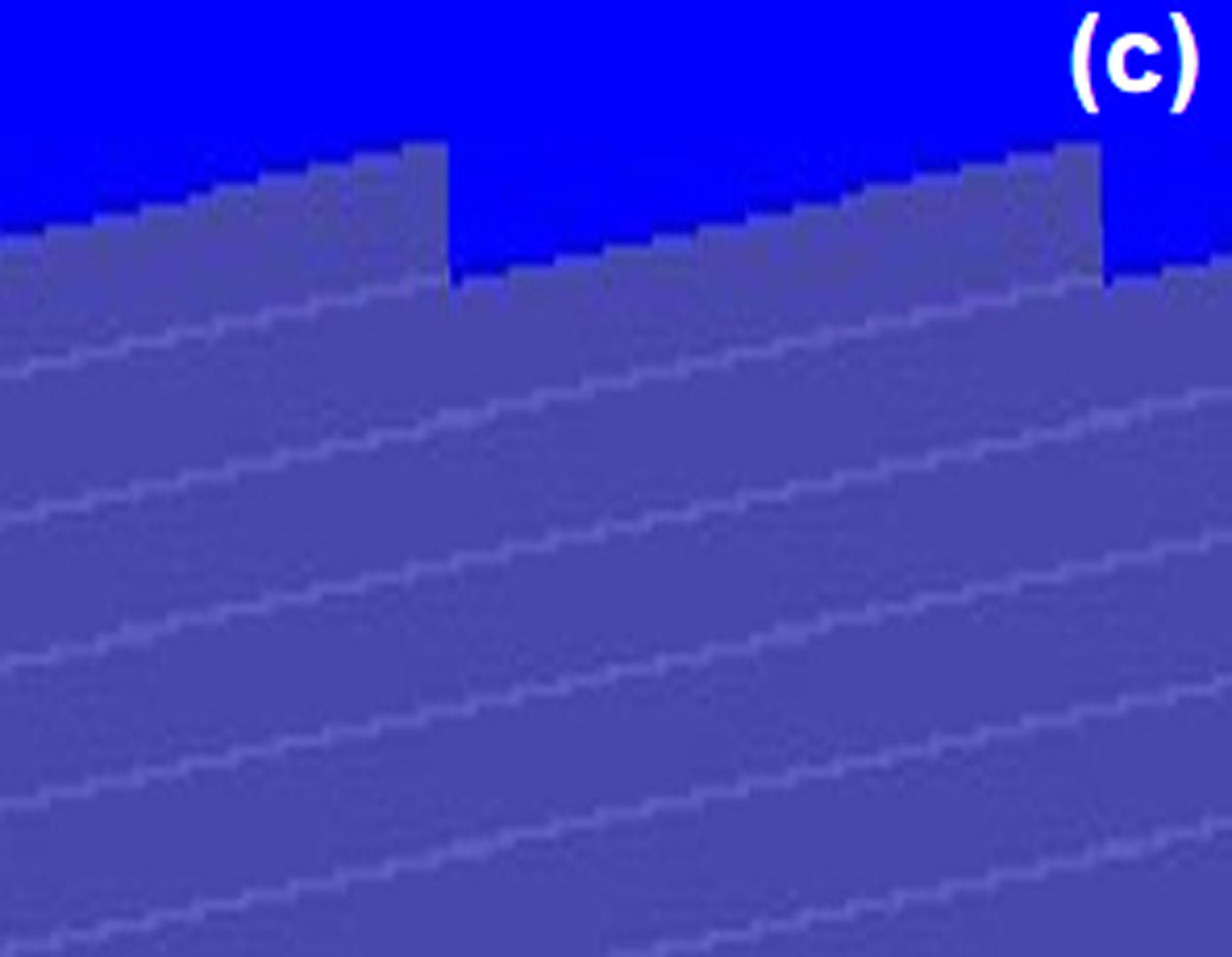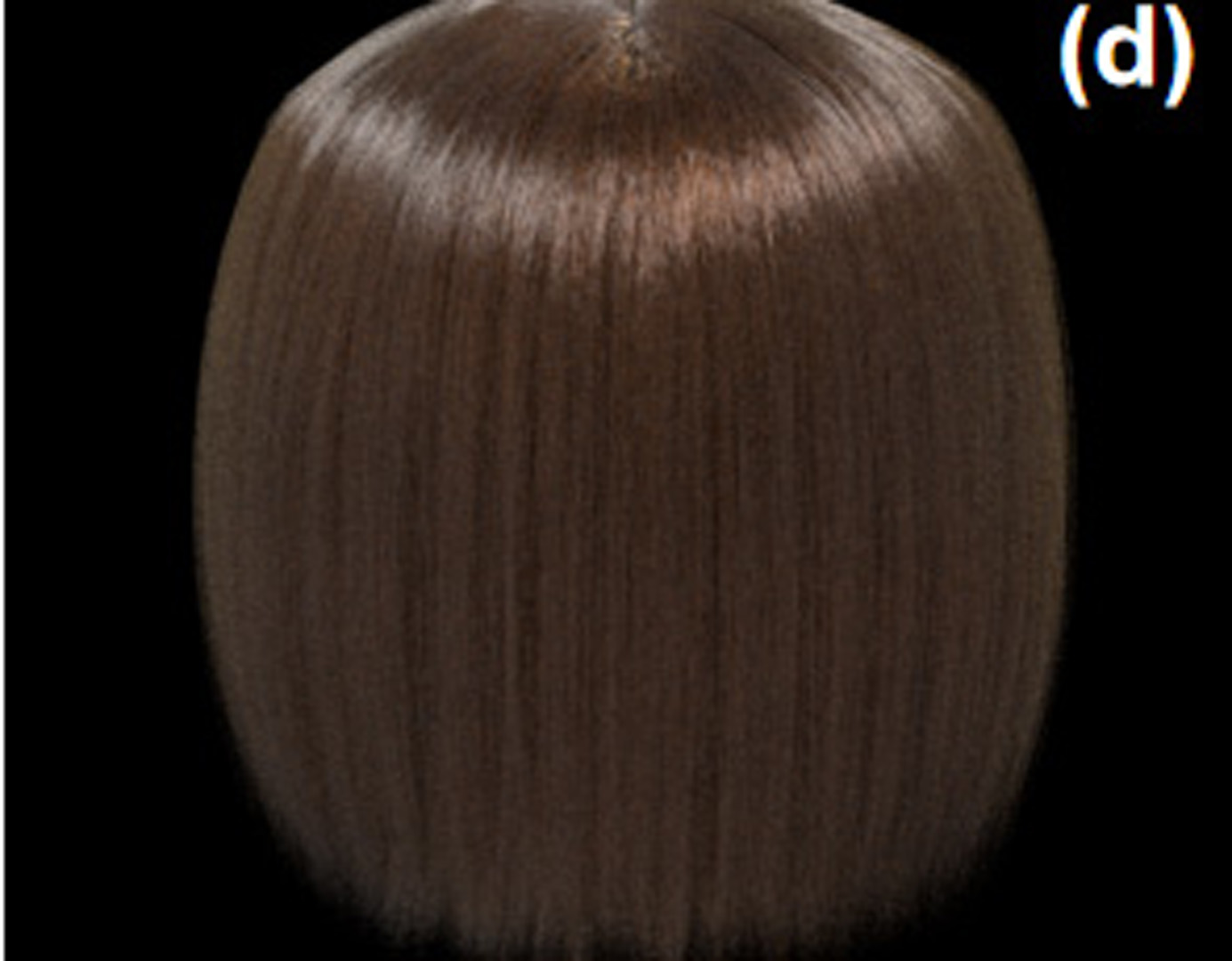“Photonic Rendering for Hair Cuticles using High Accuracy NS-FDTD method” by Hou, Cai and Dong
Conference:
Type(s):
Entry Number: 52
Title:
- Photonic Rendering for Hair Cuticles using High Accuracy NS-FDTD method
Presenter(s)/Author(s):
Project Affiliation:
- University of Tsukuba
Abstract:
The internal structure of hair consists of three layers: the cuticle, the cortex, and the medulla, and there are multiple membrane structures inside the cuticle. Light incident on these subwavelength structures is subject to scattering and interference phenomena, and the reflected highlights vary depending on the viewing angle. This phenomenon of light coloration due to the microstructure is called structural coloring or photonic coloration. It shows a unique specular highlight and determines the magnitude of the specular highlight, which is not observable in the linear optics of CG. In the case of hairs, this structural coloring or photonic coloration occurs in addition to the simple surface reflections and the backscattering lights, which penetrate the hair and are absorbed by the melanin pigment. In the present report, we mainly discuss the effects of the structural coloring first caused by the multi-layered structure in the cuticle region on the hair surface, simulating the electromagnetic field using the NS-FDTD (Non-Standard Finite Difference in Time Domain) method. In addition, we also discuss the backscattering phenomena inside the hair fibers.
References:
Benedikt Bitterli. 2016. Rendering resources. https://benedikt-bitterli.me/resources/.
James B Cole. 2005. High accuracy nonstandard finite-difference time-domain algorithms for computational electromagnetics: Applications to optics and photonics. Advances in the applications of nonstandard finite difference schemes (2005), 89–189.
Stephen R Marschner, Henrik Wann Jensen, Mike Cammarano, Steve Worley, and Pat Hanrahan. 2003. Light scattering from human hair fibers. ACM Transactions on Graphics (TOG) 22, 3 (2003), 780–791.
Matt Pharr, Wenzel Jakob, and Greg Humphreys. 2016. Physically based rendering: From theory to implementation. Morgan Kaufmann.
Kane Yee. 1966. Numerical solution of initial boundary value problems involving Maxwell’s equations in isotropic media. IEEE Transactions on antennas and propagation 14, 3 (1966), 302–307.
Keyword(s):
Additional Images:
